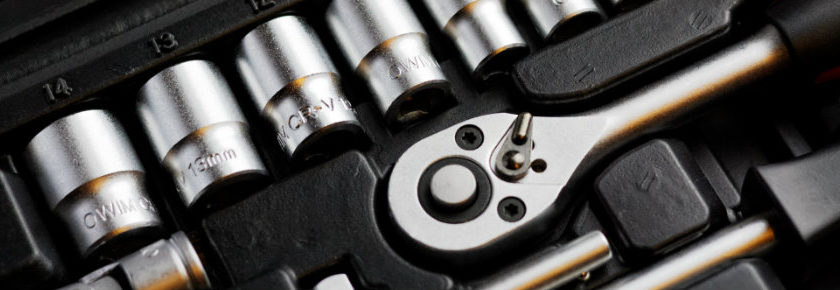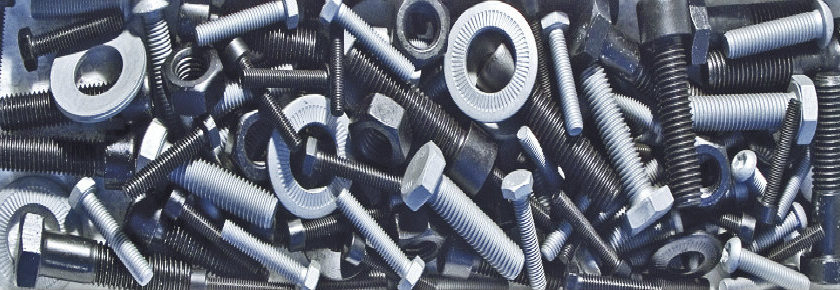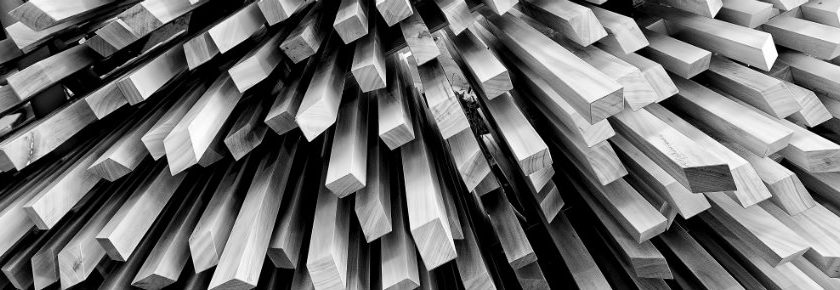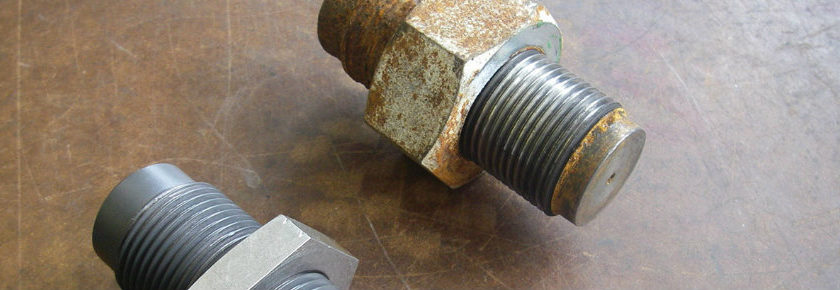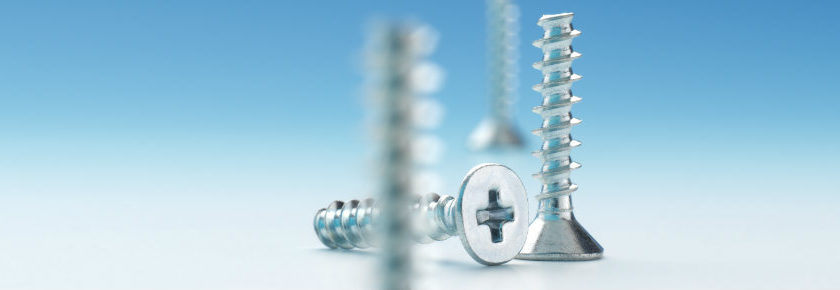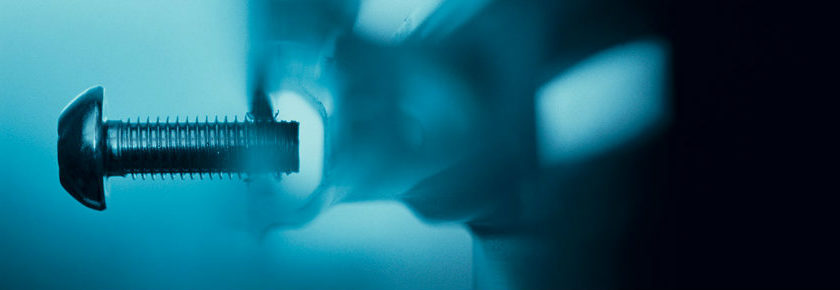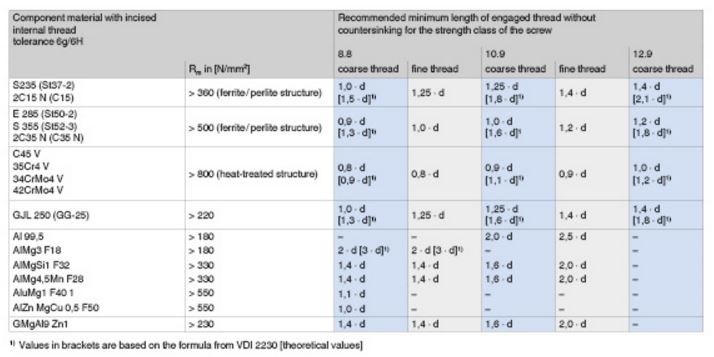There are many options on the market for tightening hardware. Some of the common tools used on this spectrum are torque wrenches, impact guns, impulse guns, and DC drivers. Each of these have an accuracy generally associated with them (see table below). What does this accuracy mean with respect to the hardware and more importantly, how does this affect the end user?
| Wrench Type | Accuracy |
| Impact Gun |
50% |
| Impact Gun (with Torque Bar) |
20% |
| Hand Torque Wrench |
20% |
| Driver with Mechanical Clutch |
10% |
| DC Driver |
5% |
Let’s use an example to show the importance of tool accuracy with respect to the final clamp load of the assembly. A standard M8 bolt, class 8.8, is to be tightened to its full clamp load with three different tools and accuracies of 10%, 20%, and 50%. All variables are maintained to be the same over all these examples (coefficient of friction is assumed to be between .09 and .14). The minimum clamp load, which should be used to design the assembly, would be 3.8 kN. The maximum recommended clamp load regardless of tool accuracy that could be achieved is 18.7 kN (roughly 75% of yield strength). That same M8 tightened with a tool that offers 20% accuracy now has a minimum clamp load of 7.7 kN. When tightened by a tool that offers 10% accuracy, the bolt now has a minimum clamp load of 9.4 kN. The mean of each of these three is 11.3 kN, 13.2 kN, and 14.1 kN. In short, this means that by changing your tool’s accuracy, your hardware can consistently provide a more consistent clamp load and a higher designed clamp load for the same bolt.
When designing hardware assemblies when a torque study has not been completed, standard rule of thumb is to assume tool accuracy of 20%. There is an advantage to knowing an assembly tool’s accuracy as you get the most out of the hardware being used. To calculate clamp load with tool accuracy, head over to www.Bossard.com/application-engineering/fastener-expert-tools for a selection of calculators to aid in the design of hardware assemblies.
Brandon Bouska
Application Engineer
bbouska@bossard.com

